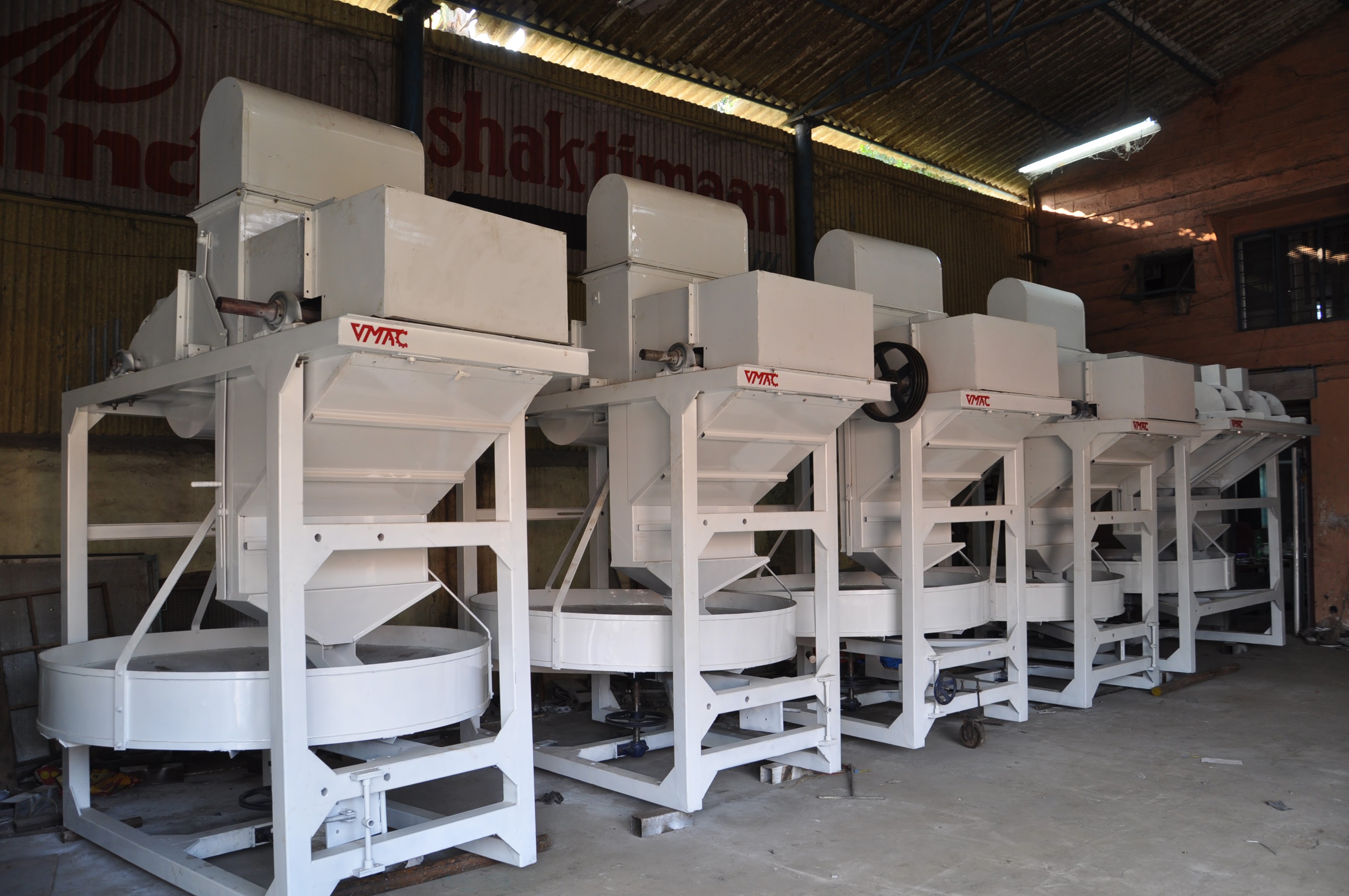
Production
Mastering Coffee Production
At Vmac Industries, we've mastered the balance between traditional craftsmanship and modern technology.
Explore the diverse financing strategies that can help you invest in advanced coffee equipment without straining your cash flow, ensuring a strong ROI for your operation.
Upgrading your coffee processing line—whether it’s introducing automated hullers, investing in new roasters, or adding advanced silo systems—often involves a significant capital outlay. Yet, staying competitive in an evolving market demands modern, efficient, and scalable solutions. Smart financing can bridge the gap between operational needs and financial constraints, allowing you to enhance productivity, meet quality targets, and secure a robust return on investment (ROI). This guide examines various financing methods, offering insights to help you make the best choice for your unique coffee operation.
Preserve Working Capital
Tying up large sums in machinery purchases can hamper day-to-day operations, from sourcing quality beans to managing payroll. Financing spreads costs over manageable installments.
Accelerate Growth
Quick access to upgraded equipment can give you a competitive edge in meeting larger contracts or responding to shifting consumer demands—without waiting to accumulate the full purchase price.
Manage Risk and Cash Flow
By aligning equipment payments with revenue cycles (e.g., harvest seasons or monthly production), you can keep cash flow predictable and reduce the financial strain during slower months.
Flexibility for Upgrades
As technology advances, financing can allow you to replace or enhance machinery without making repeated lump-sum purchases.
How It Works
You borrow a lump sum from a bank or credit union and repay it with interest over a fixed term.
Pros
Competitive interest rates for borrowers with solid credit and collateral.
Straightforward structure and predictable monthly payments.
Cons
Lengthy application processes and strict qualification criteria.
May require a substantial down payment or personal guarantees.
How It Works
You lease machinery from a vendor or third-party leasing company, paying a monthly fee to use it for a set term.
Pros
Lower upfront costs and minimal collateral requirements.
Option to upgrade equipment at lease-end to keep pace with technology.
Cons
May cost more over time compared to buying outright.
If equipment usage extends beyond the lease term, renegotiation could be less favorable.
How It Works
Similar to leasing, but ownership transfers to you once all installments are paid. Monthly payments cover both principal and interest.
Pros
You eventually own the equipment.
Flexible term lengths can match seasonal cash flow patterns.
Cons
Missed payments or defaults can jeopardize ownership.
Interest rates might be higher than some bank loans.
How It Works
Some machinery suppliers or distributors (like VMAC) offer direct financing programs, bundling the equipment cost with service agreements.
Pros
Streamlined process; single point of contact for financing and equipment queries.
Can include maintenance or extended warranty services, simplifying budgeting.
Cons
Terms and rates vary widely; always compare with other financing avenues.
Might have restrictions on which machines or configurations are eligible.
How It Works
Certain regions or agricultural agencies provide grants, subsidies, or low-interest loans for businesses that improve sustainability, efficiency, or export capacity.
Pros
Reduced or zero-interest financing; in some cases, non-repayable grants.
Can significantly lower your capital costs if you qualify.
Cons
Often highly competitive and paperwork-intensive.
Funds may be restricted to specific equipment or project types.
Calculate how swiftly each machine’s productivity gains, labor savings, or improved bean quality translate into higher revenues or lower costs. Aim for an equipment payback period that aligns comfortably with the financing term.
Include service plans or spare parts availability. Some financing deals package these costs, preventing sudden out-of-pocket expenses that upset your cash flow.
Coffee production often has peak and off-peak cycles. Choose financing structures—like seasonal payment schedules—that mesh with your highest income months, ensuring you meet obligations without straining your budget year-round.
Prepare Robust Financials
Compile past financial statements and detailed forecasts. Lenders or leasing companies favor applicants who demonstrate stable revenue and clear growth plans.
Negotiate Rates and Terms
Don’t hesitate to compare multiple offers. Subtle differences in interest rates or term lengths can lead to big savings over time.
Understand the Fine Print
Clarify potential penalties for early payoff, usage restrictions, or required maintenance procedures. Transparent agreements prevent misunderstandings.
Stay Current on Payments
Consistent, on-time payments build creditworthiness, paving the way for future expansions or additional equipment financing at better rates.
A mid-size roasting facility needed a high-capacity Eco-Friendly Dryer and updated Destoner to ramp up throughput while cutting energy costs. Instead of dipping into core working capital, the owner chose an equipment lease-to-own plan. Over 36 months:
ROI Realized by Month 18
Improved efficiency and reduced bean defects led to higher monthly profits, offsetting lease payments.
Upgraded Maintenance
The lease included an extended service package, simplifying budgeting for tune-ups and part replacements.
Preserved Cash Flow
Spare capital funded a new specialty coffee line launch without affecting daily operations.
Result: The roastery handled 25% more volume, stabilized operational costs, and maintained healthy cash reserves for future expansions.
Financing your coffee processing upgrades is less about taking on debt and more about leveraging strategic investment. By choosing terms that align with your revenue cycles, comparing different financing channels, and calculating realistic ROI, you can confidently invest in equipment that boosts productivity, consistency, and competitiveness. Whether you’re installing a new huller, upgrading to an automated roaster, or integrating high-tech silo solutions, well-planned financing ensures your coffee business evolves without undue financial strain.
Lastest blog posts